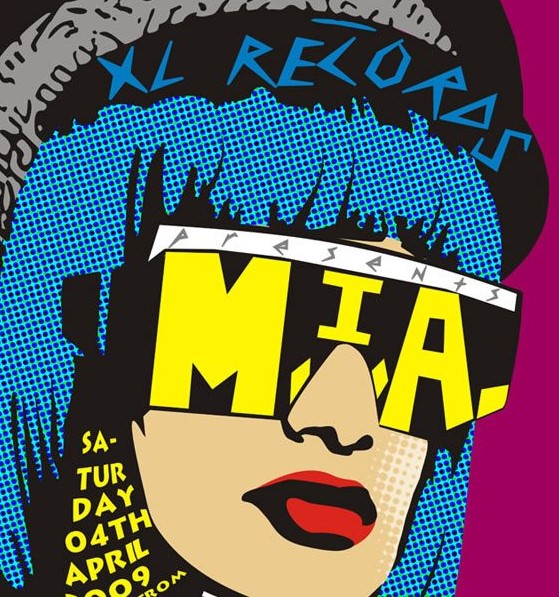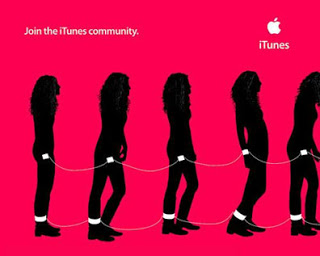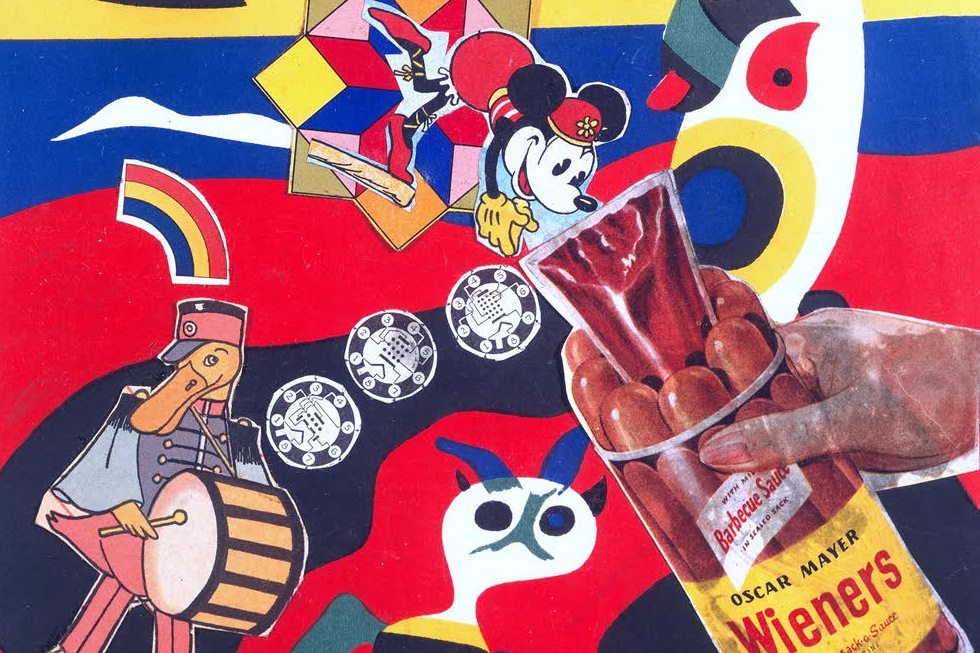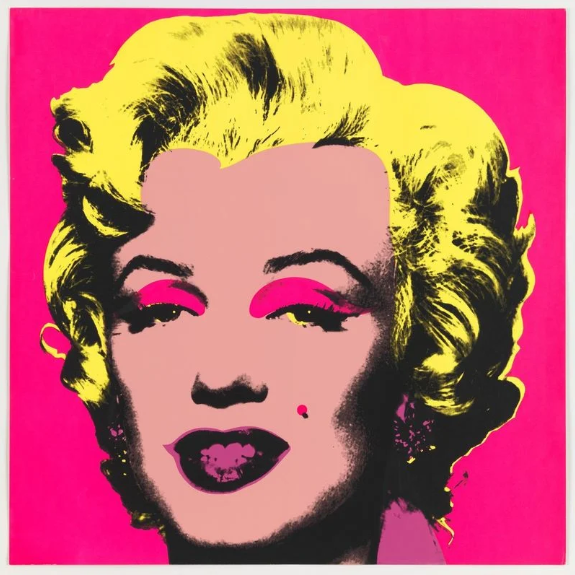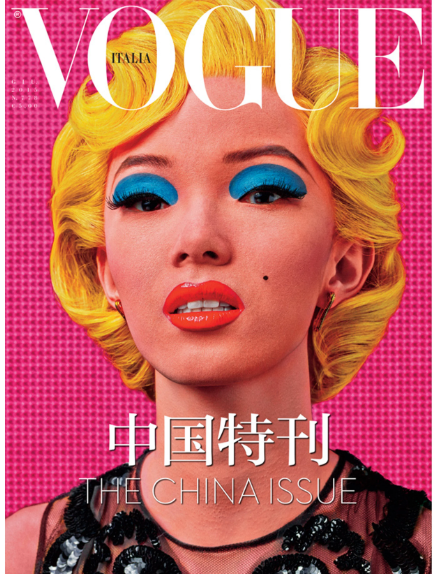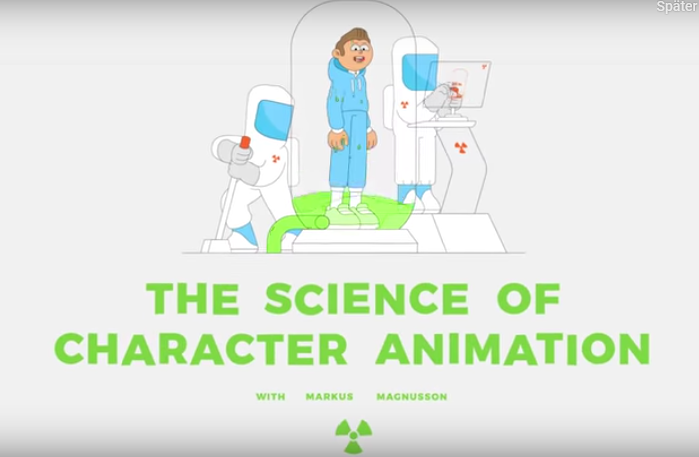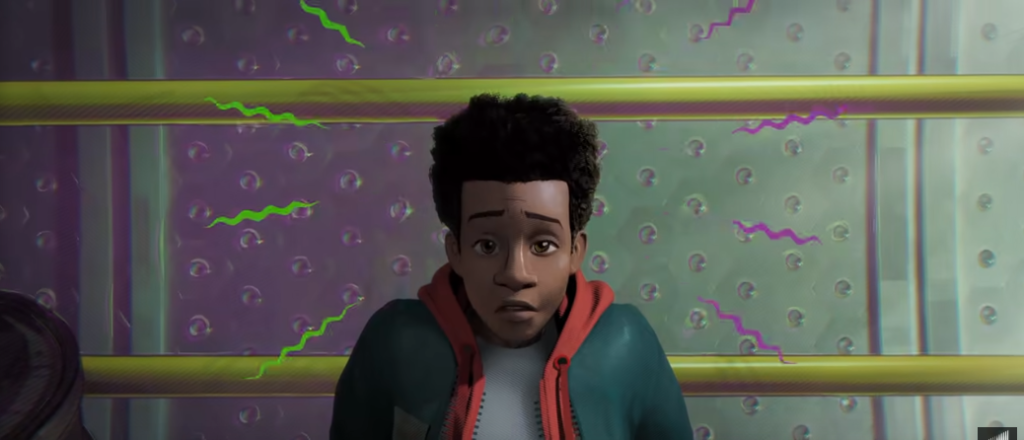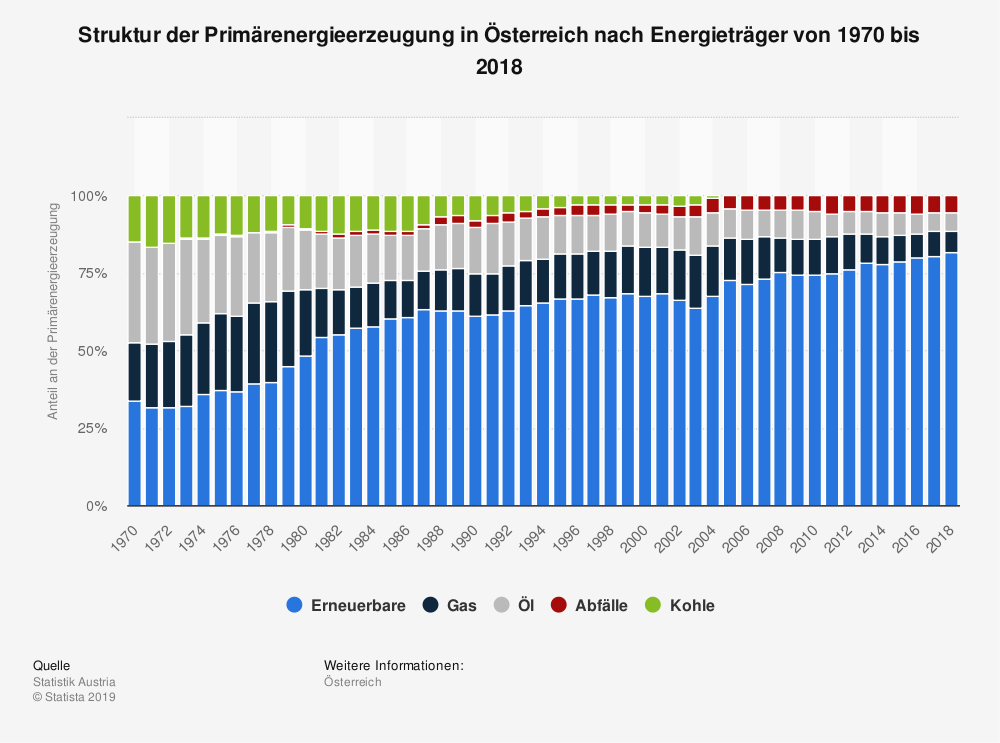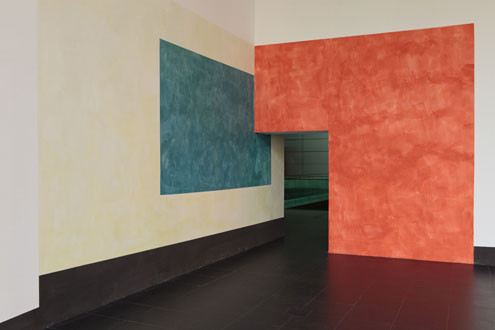Due to the fact that I feel like I’ve reached an end of my research on the topic I’ve been dealing with last semester, I’ve decided to deal with another one this semester, with which I can relate even more.
So I’ve selected a new topic that deals with interconnections between the pop art movement and the development and shaping of graphic design. I find this topic very interesting, and I think it has a lot of aspects to be considered – because there is only a fine line that separates graphic design from pop art.
Pop art is one of the most famous art movements, and a significant art and design milestone, in developing and upgrading a new mindset among the people who deal with visual communication.
If we look back to the middle of the last century, we will see that some of the main principles we also follow today, when creating the design content, were established through pop art. It also created another approach which “depicted the affluence and abundance of postwar society with imagery that celebrated materialism”. That led to a form of advertising and consumerism with prominent brand names and recognizable packaging.
Principles set back then, are the ones we follow today in our daily work, but maybe the whole process goes unnoticed because we don’t know the background and the conception of the same. Simply, if we know more about the genesis of this movement, we could understand and apply it better, and understand why it is becoming more and more popular in design these days.
In my first blog, I will make a short introduction about the inception of the movement with some examples that influenced the development of graphic design, and in the next ones, I will talk about how and where it could be applied or rather where the possibility of implementation lies.
An Introduction to Pop Art:
Pop art emerged in the mid-1950s and 60s in Britain and America when artists created works inspired by the realities of everyday life – of popular culture, hence the name. Stylish, colorful, humorous, unsettling- Pop Art is highly recognizable and visually appealing. The movement had its heyday in from the 1950s but remains influential in both fine art and design trends today. Pop Art can be broadly defined as any art which depicts images and iconography culture and mass media out of its original context with the goal of holding a mirror up to the society which created it.
Artists such as Andy Warhol, Roy Lichtenstein, and Richard Hamilton questioned elitist culture and fine art traditions and instead used imagery and techniques drawn from mass media and mass culture.
With saturated colors and bold outlines, their vivid representations of everyday objects and everyday people reflected the optimism, affluence, materialism, leisure, and consumption of postwar society. Pop art is known for its bold features and can help you grab the attention of your audience instantly.
Because pop art is so bright, and it draws attention so well it matches the criteria of poster art perfectly. That is the reason why its many aspects have been absorbed into the world of design and commercial aesthetics.
Sources:
http://cynthiachircop.blogspot.com/2014/12/the-influence-of-pop-art.html
http://drdgraphicdesigns.blogspot.com/2012/06/pop-art-movement-and-graphic-design.html
https://www.webdesigndegreecenter.org/art-influences-design-pop-art/
https://www.canva.com/learn/ways-pop-art-changed-modern-design/
